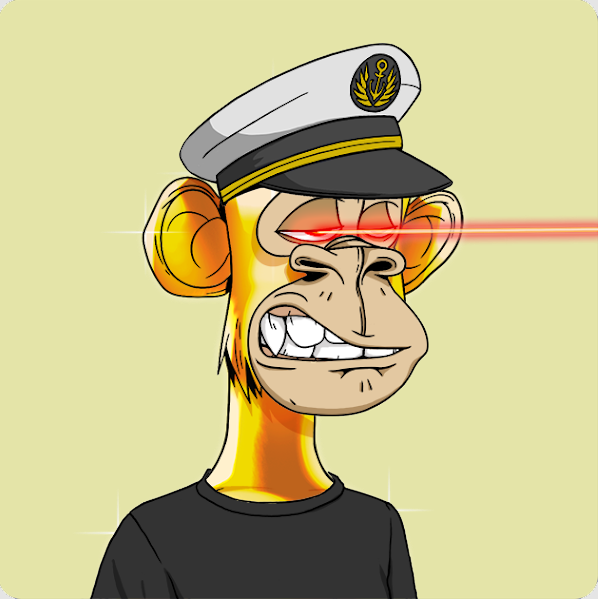Revolutionary art investment. Make Million Dollars Affordable Using Blockchain and NFTs

[gpt3]rewrite
You are reading Entrepreneur India, an international franchise of Entrepreneur Media.
If you look at the global data, contemporary art as an investment has outperformed the S&P 500 over the past 25 years. Contemporary art has offered an annualized return of 14% over the past 25 years, as of December 2020, versus a 9.5% annualized return from the S&P 500, according to the Citi Global Art Market chart.
There are several different ways to invest in the room. Firstly, investors can simply buy a piece of contemporary art – although this can be difficult as buyers either have to bet on unknown artists, or pay dearly for a more established name, Art. funds is another option, but there are no such funds available for art in the country. Investors can also buy shares in companies that provide information about the art market and sell works online. However, these companies “face very strong competition”, which explains, among other things, their sharp decline.
The democratization of art has been a long-standing goal in the art world, and recent advances in technology, particularly the rise of non-fungible tokens (NFTs) and blockchain, have opened up new possibilities.
Startups have played an important role in driving the adoption of NFTs and blockchain technology in the art world. They have developed innovative platforms and marketplaces that connect artists and investors, making it easier for both parties to navigate the digital art space. While the idea is still taking shape in traditional art, Artfi makes art collecting and investing easy for everyone.
“Art is a multi-faceted asset that we focus on from its economic perspective. Our sincere intention is to provide a transparent platform for the global audience to invest in art and enjoy its warmth,” says Asif Kamal, Founder and CEO, Artfi.
His argument in favor of the asset class includes the fact that contemporary art has had fewer periods of losses than global stocks, gold and the US housing market.
Kamal also points out that art has a low correlation to more traditional investments, meaning it is unlikely to rise and fall with these assets, so it is a unique investment and you have minimal losses – if you choose the right one of course. And because it is a real asset, it can offer a level of protection against the risk of rising inflation, Asif added, which has been a major concern for investors recently.
Using NFT as a technology that enables the tokenization and fractionalization of real-world assets is a game-changing approach that enables a larger audience to participate in asset class choice at an affordable price. NFTs also empower novice investors by giving them access to a wider range of artworks. Unlike traditional art investments, which often require significant capital, NFTs allow investors to purchase fractional ownership or even just enjoy the digital representation of the art or the share of the artwork that represents ownership in the underlying asset, lowering the barrier to entry, making it more liquid, more tradable, divisible and easier for individuals to invest in art and potentially benefit from the appreciation.
This also makes it possible for artists and creators to sell their work directly to a global audience without the need for intermediaries such as galleries or auction houses. This allows artists to retain more control over their creations and receive a fair share of the profits and gain massive exposure for their artwork.
Overall, blockchain technology has several advantages that benefit both artists and investors. It enables transparent and tamper-proof records of ownership, provenance and transaction history, helping to establish the authenticity and value of artworks. Investors can verify the provenance and ownership history of a piece before making a purchase, reducing the risk of purchasing counterfeit or stolen art.
Blockchain also facilitates a decentralized marketplace where artists and investors can engage directly with each other, eliminating the need for intermediaries. This peer-to-peer approach promotes a more inclusive and accessible art ecosystem, as it allows artists from diverse backgrounds to showcase their work and investors of all levels to participate in the market.
In conclusion, NFTs, blockchain technology and startups contribute to the democratization of art. By removing barriers to entry, providing transparency, and creating accessible platforms, these advances have empowered nascent investors to participate in the art market and support artists directly. While challenges and complexities still exist, the ongoing development of these technologies and the efforts of startups continue to shape a more inclusive and diverse arts ecosystem.
[gpt3]
























